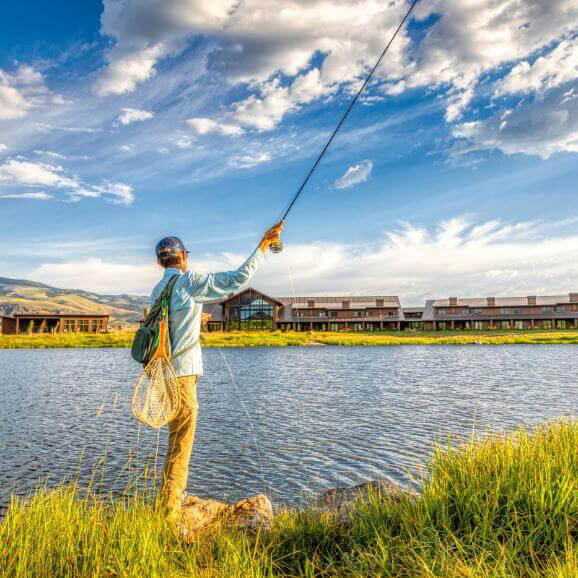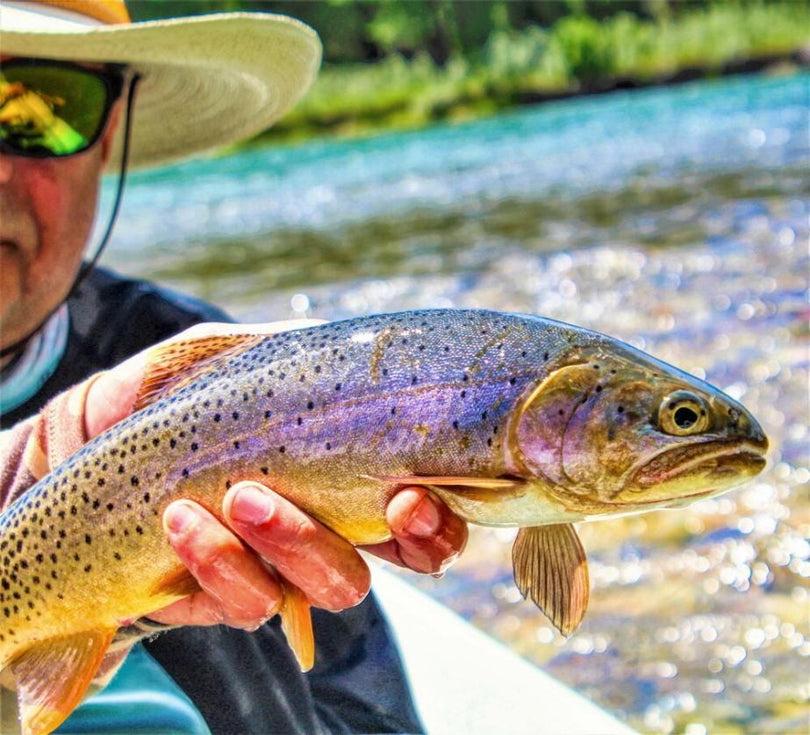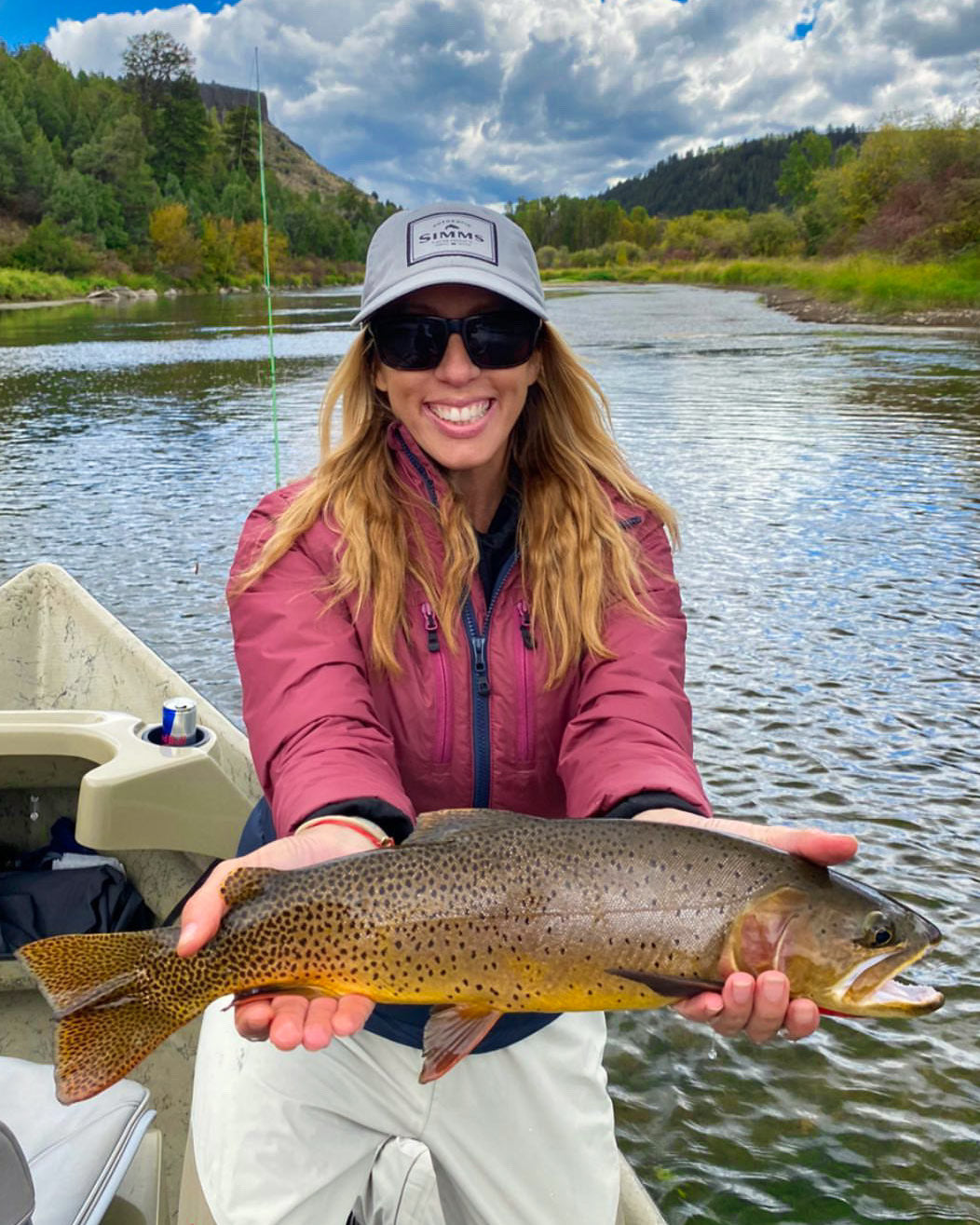Tarpon Fishing in Costa Rica
Costa Rica is cloaked in fertile rainforests and jungles and dripping with succulent dragon fruit trees. With more than 50 species of native hummingbirds, the actively volcanic highlands blow smoke rings into sunkissed coastal clouds. Along the volcanic corridor as the Atlantic waters run to and fro against the shores, reach the pinnacle of game fishing triumph as you catch a rumbling Tarpon on your line. Welcome to one of the happiest countries on Earth–a foremost destination for tarpon fishing, rejuvenating, and feasting on Gallo pinto for breakfast to charge up for the fight–tarpon vs. you.
Tarpon Species and Fishing Locations
The jungles and rainforests of Costa Rica mimic a massive emerald green pillow fort stretching across miles of protected conservation land; under its thick, robust 197ft tall kapok trees of over 500,000 rare wildlife species. Native Costa Rican tarpon suckle at the shallow salt waters off the coast and offshore.
Tarpon has been nicknamed the silver king (Species: Megalops Atlanticus), as its enormous size makes it the leader of the Tarpon pride. ‘Megalops Atlanticus’ is Latin for ‘Atlantic tarpon' while ‘Megalops' comes together to mean ‘mega’ as in giant, and lops meaning ‘face.’ The "large face" species name seems fitting with all of the comedy surrounding the tarpon's mouth.
Some of its other names are abalitsa, Atlantic tarpon, atlantischer tarpon, bass, big scale, caffum, camurupi, grande ecaille, grand-écaille, grande ecoy, jewfish, madzorfloe,"–and that isn't an exhaustive list according to Florida Museum of Natural History.
Their spineless fins are encrusted with dozens of soft rays. Its black back fades into silver flesh of scales gleaming and shimmering as if it feeds on bits of moon dust. Holding its body in your hands after a powerful catch is the only reward second to witnessing the sight of its sizable agile body shooting out of the water and diving back down to stuff lunch in its 5-gallon bucket or vacuum mouth, states the Florida Museum of Natural History. Anglers often make jokes exaggerating the size of the silver king's mouth.
According to The Voice of Sport Fishing, Costa Rica, the tarpon is of the megalopidae family or the elopiformes order. There are only two tarpon species in existence evolving into the 21st century. They existed in the Jurassic era shoulder to shoulder with Velociraptors and Pteranodon. They inhabit freshwater, brackish water, and marine waters. Water lacking oxygen isn't a barrier for them either. Their swim bladder acts as a long, thus reserving air they've inhaled.
This stockpile of air from the surface is for use in waters suffering from hypoxia which is typical for an estuary, according to the United States Environmental Protection Agency (EPA). They will seek haven in brackish waters due to their lack of predators such as sharks, porpoises, and alligators. One reason this happens is because of algae death, which later decomposes and sucks up considerable amounts of oxygen, reducing oxygen in the tarpon's habitat (EPA).
Further, Silver Kings are distributed throughout the tropics and subtropical regions and can be fished year-round but are best fished in the summer and late fall to early winter months, July 31st- December 12th. Tarpon can live to be as young as 30 years and as old as 150, munching on tiny fish and shellfish such as shrimp and crab. They've been known to weigh as much as 355 lbs.
Here's an interesting fact: according to The International Game Fish Association, the first vertebrates on earth were actually fish! They date far back into time in the Paleozoic era. The very first fossil archeologist uncovered that pointed back to the tarpon's existence is over 120 million years old. This means tarpon were first on the scene before T-Rex. Moreover, the now vulnerable and conserved tarpon was used in the health and beauty industry. Their silvery-moon scales were turned into nail files, decor wall art, and medicine. They were even granulated into powder, and their scales steeped in teas said to reduce allergen-induced asthma attacks in Brazil.
Coastal regions they frequent other than Costa Rica are Bermuda, Florida, Belize, Cuba, and the Bahamas. When tarpon fishing in Costa Rica, these aggressive prize fighters are a catch and release trophy. Regions where they are found regulate their fishing. Also, the tarpon offers no food value. They are a vulnerable species globally according to conservation status. Photographs of your win will be all you need for proof you've championed over the jungle king.
Fun Fact: "Tarpon can only be fished recreationally in Florida. The majority of recreational anglers practice catch and release since the fish is not considered to be of any food value. However, anglers can possess them for trophy purposes at the cost of $50.00 per tag per fish. Without this tag, possession is illegal."
–Florida Fish and Wildlife Conservation Commission
In some cases, according to the Florida Museum of Natural History, you may be catching a jungle queen, as female tarpon grow even larger than males, up to 8.5 feet or 2.5 meters long. Males are smaller and tend to have shorter lifespans. A little-known fact is that a Chicago Illinois Aquarium had a female tarpon until she was 63 years old back in 1998. They further learned that tarpon don't reach reproductive maturity until they are 6-7 years old, which is considered late for a fish, and term them "slow-growing." Despite their slow maturation, the female tarpon egg litter is 12 million. According to Kidadl, the eggs take about three days to hatch.
You'll find tarpon on either side of the Atlantic Ocean from Senegal, West Africa, to the Democratic Republic of the Congo. They congregate in the warm waters of the Gulf of Mexico, the West Indies, Cape Hatteras, Nova Scotia, and South Argentina. Finding them in the Panama Canal or the Coiba Island isn't strange. The tarpon surely gets around and isn't relegated to the Atlantic though they frequent these tropical waters. However, they are intolerant of temperature spikes or reductions, so if the warm water suddenly becomes cold, for instance, it could cause massive tarpon deaths, according to the Florida Museum of Natural History. Tarpon Fishing in Costa Rica offers the zenith of game fishing experiences for the ready, courageous and unstoppable.
Tarpon Fly Fishing Lodge In The Costa Rican Jungle
Quest of the Jungle Tarpon, Costa Rica- Your eight-day and eight-night adventure will commence at the capital city of Costa Rica, San Jose, with a mesmerizing taxi cab ride to your riverside luxury accommodations and picturesque tarpon fishing lodge. Swatched in trees fanning you with the breeze of the tropics with the squawking of native and majestic scarlet macaw, sunset beaked toucans, and vibrant violet sabrewing.
On your first afternoon fishing along with three other anglers, you'll target that monster jungle tarpon with energy and hope–you'll need as much of both. You'll be contending with the Muhammad Ali of the reserve. There will be plenty of sustenance and home-cooking by the locals and gourmet meals prepared by community partners sourcing the finest and freshest indigenous ingredients plucked right from their garden beds.
For those early morning fishing quests, you'll munch on breakfast on the boat while gliding along the bay. Two fishing sessions per day will occur with plenty of time to cruise the nameless, numberless streets of Costa Rica, stopping off at local shops and chic restaurants for dinner while beholding epic street art and enjoying local customs. The private lodge sleeps up to four guests, and parties will go out in two on two individual pangas (boats), alternating at the bow to battle tarpon.
While Tarpon fishing in Costa Rica, try to make time for these can't miss locales after a siesta or on your way back to the San Jose International Airport. The Arena Volcano National Park boasts several windy trails, horseback riding, and zip-lining for the spontaneous angler. Witness sloths and capuchin monkeys in the rainforest hugged Manuel Antonio, National Park. Only the bold will finally venture into the Cartago Irazu Volcano with its charming villages–you may catch a little lava eruption from the semi-active volcano.
Other Tarpon fishing lodges are located here:
- Turneffe Lodge, Belize
- El Pescador Lodge, Belize
- Cayo Romano, Cuba
- Andros, Bahamas
- Everglades, Florida
- Marquesas, Florida Keys
- Reel Belize
- Zapata, Cuba
- Jardines de la Reina, Cuba
How to Successfully Fly Fish for the Tarpon
Hooking a Tarpon can be a devastating experience if your gear won't stand up to the challenge. They are something like a speeding bullet and a car on the autobahn or an illegal firework exploding in the middle of a quiet and dark night. They are the gymnasts of the tropics, demonstrating their nimbleness with such great wrath.
“Angler Max Domecq hooked a 286-pound, 9-ounce tarpon on a mullet in March 2003. Domecq's is still the largest tarpon ever caught and recorded. He landed it in just over an hour.”
-International Game Fishing Association (IFGA)
Launching out of the warm water like torpedoes, they'll send you reeling as they sling and flip themselves in every direction to get free of your line. You'll set out to some shallow lagoons or creeks on your river panga or motorized riverboat, synching up to a school of 200 tarpon.
A spinning tarpon will wring you around as it whips and rolls against the surface bait. Imagine living in a family of 200 other people or having 12 million kids. They love swimming in large groups when seeking sardine prey to devour while feeding on the surface. It has a lower jaw that pokes out like a sad man but helps them gnash their prey to bits. These large schools make for a fantastic back-to-back fly fishing blowout.
Your best shot at hooking a tarpon, according to Florida Sportsman, is with the use of any dead bait. They quite enjoy mullet heads or half mullets. Drop them down to the bottom of the shallows and let the tarpon come to you. Patience pays. If you're aiming to catch a hefty tarpon, you'll need more robust gear, aiming for jigs with size or lipped plugs, swimming, jerk, or surface. For fly fishing for the silver king, scissor-action feather streamers are go-to's. Accompanying fishing styles and systems are drifting, tolling, and casting.
“Ms. Frederique Jarland hooked a 249-pounder in a combat time of 25 minutes off the coast of Sherpo Island, Sierra Leon, in April 1994.”
You know you've got a tarpon on the line when it's thick, silver shooting star body and the green-blue-black top is going toe-to-fin with your line. Its crushing sharp tiny teeth have your bait by the bony plate in its jaw, and its forked tail slams the water surface. Hold tight at the bow of the panga because the tarpon can swim at around 35 miles an hour. Being pulled by a fish over 200 pounds, that's also close to its swim speed while jumping to screaming heights, is not for the faint heart. Just as they don't let their mullet pray off the hook, they'll fight to the finish and potentially even break your Thomas & Thomas fly rod and dependable, personal, custom flies prepared for the tarpon and all its heart.
It's not uncommon that the energetic tarpon is so mighty and full of vitality that it could accidentally jump into your boat. Ensure that once you've got your Silver King, have had your photo-proof, and are ready to release. Wait until it's calm to unhook, but be ready for the next hook-up. Some anglers report hooking over two dozen in a day. If you can match the tarpon's stamina for a good battle royale, you're in for a treat.
So bring all the muscle, pack your gloves, flex-wrap finger tape, and book your one-of-one Wild on the Fly action-packed jungle quest for tarpon fishing in Costa Rica. Pura Vida!




